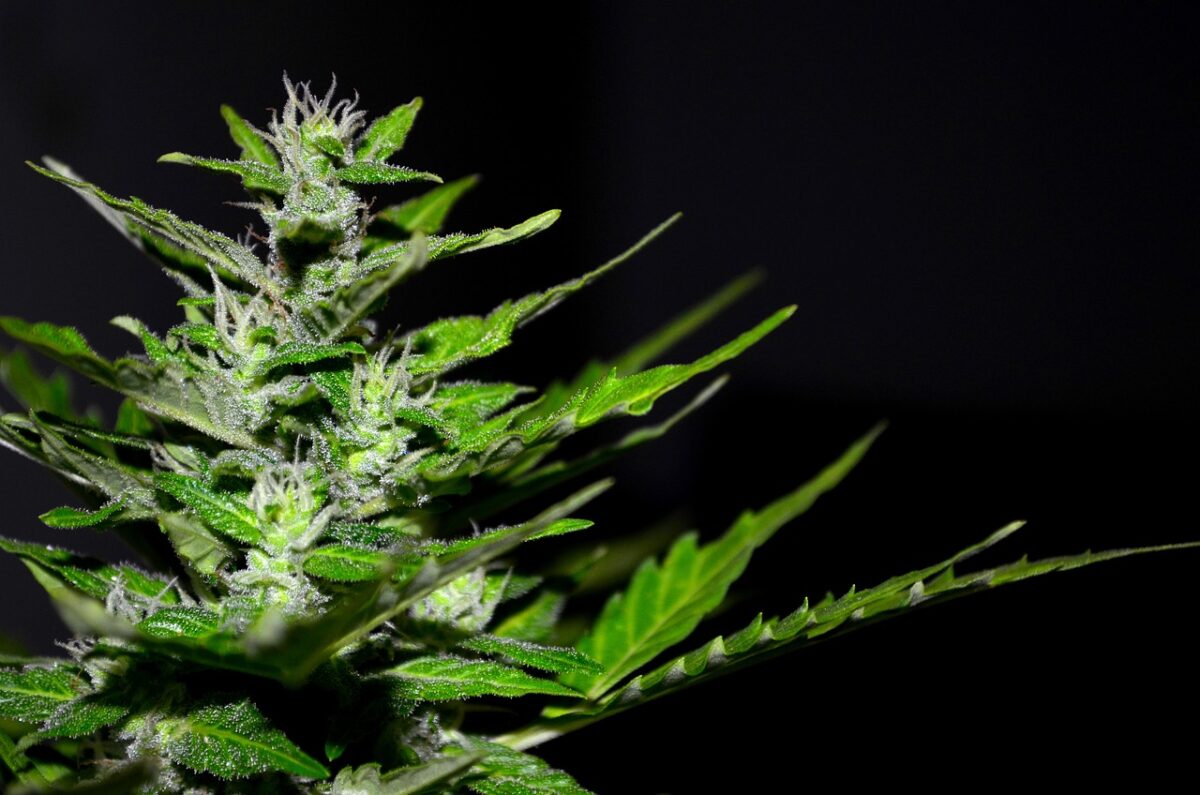-
Table of Contents
How to Use THCA Flower: Tips for New Users
THCA flower is gaining popularity among cannabis enthusiasts for its unique properties and potential benefits. For those new to this product, understanding how to use it effectively can enhance the experience. This article provides a comprehensive guide on using THCA flower, offering practical tips and insights.
Understanding THCA Flower
THCA (tetrahydrocannabinolic acid) is a non-psychoactive cannabinoid found in raw and live cannabis. Unlike THC, THCA does not produce a high unless it is decarboxylated, a process that involves heating. This makes THCA flower an attractive option for those seeking the benefits of cannabis without the psychoactive effects.
Benefits of THCA
- Anti-inflammatory properties
- Neuroprotective effects
- Potential anti-emetic benefits
- Possible anti-proliferative properties
Methods of Consumption
There are several ways to consume THCA flower, each offering different experiences and benefits. Here are some popular methods:
Raw Consumption
Consuming THCA flower in its raw form is one of the simplest methods. This can be done by adding the flower to smoothies, salads, or other foods. Raw consumption preserves the THCA without converting it to THC, allowing users to enjoy its benefits without psychoactive effects.
Juicing
Juicing fresh THCA flower is another effective method. This involves blending the flower with other fruits and vegetables to create a nutritious drink. Juicing helps retain the cannabinoid’s properties and can be a refreshing way to incorporate THCA into your diet.
Topical Application
THCA flower can be infused into oils or balms for topical application. This method is particularly useful for targeting localized pain or inflammation. Applying THCA topically allows for direct absorption into the skin, providing relief without systemic effects.
Vaporization
For those who prefer inhalation, vaporizing THCA flower is an option. Using a vaporizer designed for cannabis flowers, users can heat the THCA to a temperature that releases its benefits without converting it to THC. This method offers quick onset and controlled dosing.
Decarboxylation: Converting THCA to THC
Decarboxylation is the process of heating THCA to convert it into THC, the psychoactive compound. This can be done through smoking, vaping, or cooking. Understanding this process is important for those who wish to experience the psychoactive effects of cannabis.
Smoking
Smoking THCA flower involves directly applying heat, which decarboxylates the THCA into THC. This method provides immediate effects but may not be suitable for everyone due to the potential health risks associated with smoking.
Cooking
Cooking with THCA flower allows for controlled decarboxylation. By baking the flower at a low temperature, users can convert THCA to THC and then incorporate it into various recipes. This method offers versatility and can be a fun way to experiment with cannabis-infused foods.
Dosage and Safety Tips
Determining the right dosage is key to a positive experience with THCA flower. Here are some tips to help new users:
- Start with a low dose and gradually increase as needed.
- Monitor your body’s response to different methods of consumption.
- Consult with a healthcare professional if you have any underlying health conditions.
- Store THCA flower in a cool, dry place to preserve its potency.
Case Studies and Statistics
Several studies have explored the potential benefits of THCA. For example, a study published in the British Journal of Pharmacology found that THCA exhibited anti-inflammatory properties in animal models. Another study in the Journal of Neuroimmune Pharmacology suggested that THCA might have neuroprotective effects, making it a promising candidate for treating neurodegenerative diseases.
According to a survey conducted by the Brightfield Group, 62% of cannabis users reported using THCA for its potential health benefits, with 45% citing pain relief as a primary reason. These statistics highlight the growing interest in THCA and its potential therapeutic applications.
Conclusion
THCA flower offers a unique way to experience the benefits of cannabis without the psychoactive effects. By understanding the various methods of consumption and the process of decarboxylation, new users can make informed decisions about how to incorporate THCA into their routines. Whether through raw consumption, juicing, topical application, or vaporization, THCA flower provides versatile options for those seeking its potential benefits.
As research continues to uncover the properties of THCA, its popularity is likely to grow. By starting with a low dose and experimenting with different methods, users can find the approach that works best for them. With its potential anti-inflammatory, neuroprotective, and anti-emetic properties, THCA flower is an exciting addition to the world of cannabis.
